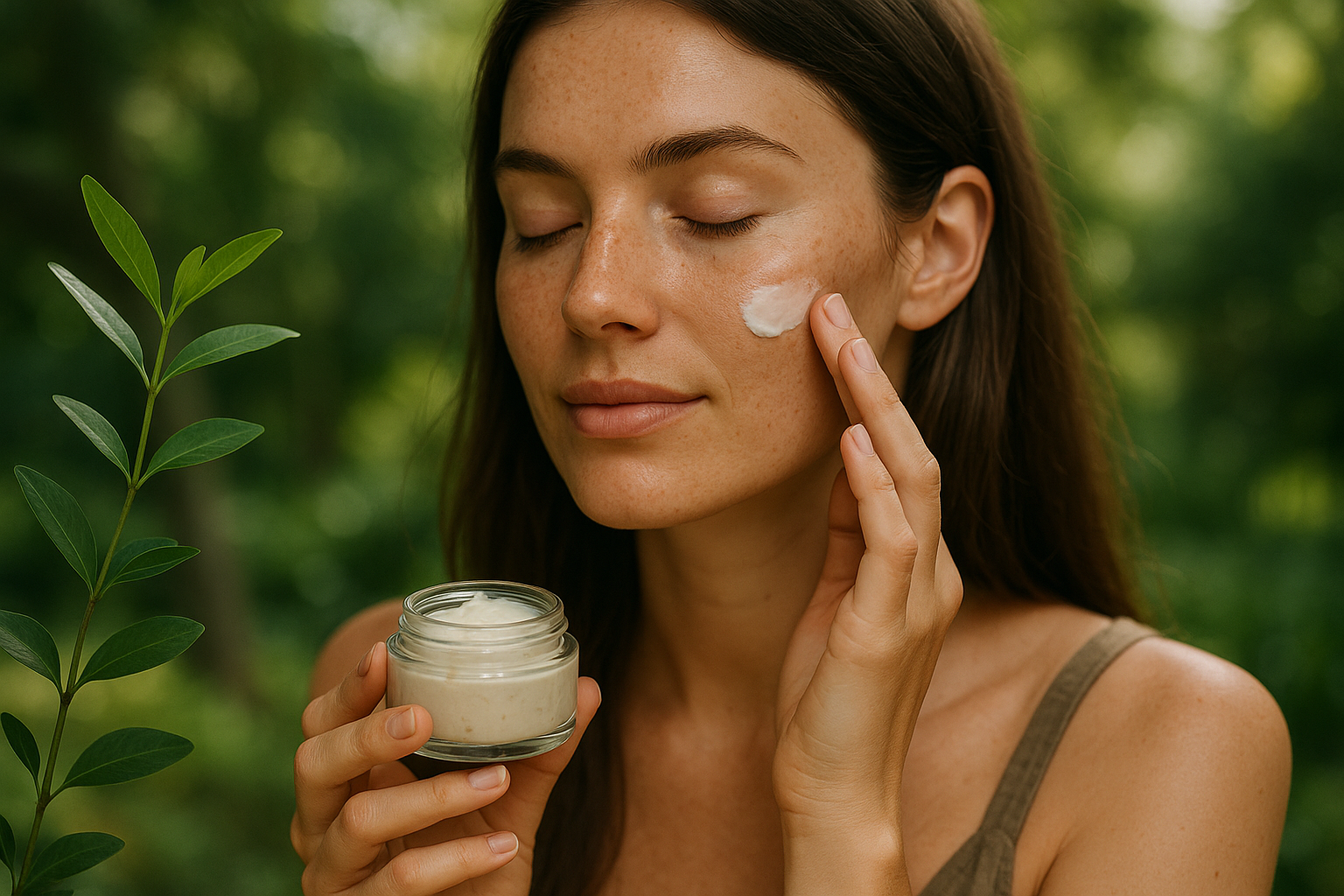Rewriting Beauty Norms: The Impact of the Natural Cosmetics Movement
When it comes to beauty and fitness, there's a revolution quietly unfolding that's reshaping the way we take care of ourselves. This sweeping change is the rising popularity of natural cosmetics, a movement that's challenging the conventional beauty industry and its reliance on synthetic ingredients. Let's delve into the history, relevance, and impact of this burgeoning trend.

The Roots of the Natural Cosmetics Movement
The natural cosmetics movement isn’t a recent phenomenon. Its roots can be traced back to ancient civilizations like Egypt and Greece, where people relied on natural ingredients for skincare and beauty rituals. However, the modern iteration of this movement emerged in the late 20th century, spurred by growing environmental awareness and concerns about the health impacts of synthetic chemicals.
In the 1990s and early 2000s, a handful of companies began producing cosmetics with plant-based and mineral ingredients, promoting them as healthier alternatives to conventional cosmetics. Although initially met with skepticism, these offerings gradually gained traction among consumers who were becoming more conscious about what they put on their skin.
The Green Boom: Natural Cosmetics Today
Today, the natural cosmetics movement is in full swing, buoyed by a society that’s more eco-conscious and health-oriented than ever. Consumers are increasingly scrutinizing product labels and opting for items free of parabens, sulfates, and other synthetic chemicals. This trend is evident in the booming global market for natural cosmetics, which is projected to reach $48.04 billion by 2025, according to a report by Grand View Research.
This shift towards natural cosmetics isn’t limited to niche brands anymore. Even mainstream beauty giants are jumping on the natural bandwagon, reformulating their products to eliminate harmful ingredients and investing in sustainable packaging.
The Benefits of Going Natural
The appeal of natural cosmetics lies in their perceived safety and gentleness. They’re often free of harsh chemicals that can irritate the skin and cause long-term health issues. Many natural ingredients, such as aloe vera, chamomile, and green tea, are known for their soothing and anti-inflammatory properties.
Moreover, natural cosmetics are kinder to the environment. Synthetic ingredients in conventional cosmetics can contaminate water bodies and harm aquatic life. By contrast, natural ingredients are biodegradable and less likely to cause environmental damage.
The Impact and Future of the Natural Cosmetics Movement
The rise of natural cosmetics has undeniably shaken up the beauty industry, forcing brands to prioritize transparency and clean ingredients. It’s also paved the way for a greater focus on sustainability, with companies investing in eco-friendly packaging and sourcing practices.
However, the movement isn’t without its challenges. There’s currently no universal definition or regulation for what constitutes “natural” in cosmetics, leading to confusion and greenwashing. For the movement to continue growing, there needs to be stricter standards and clearer labeling.
In spite of these hurdles, the future of natural cosmetics looks promising. As consumer awareness increases and technology advances, we can expect to see more innovative, high-performing natural beauty products on the market.
In conclusion, the natural cosmetics movement is more than just a trend—it’s a reflection of a broader societal shift towards healthier, more sustainable lifestyles. By embracing natural beauty, we’re not only making a positive choice for our skin but also for the planet.





